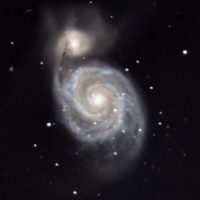
How Many Stars can You See? This is M45 the Pleiades. The Pleiades is a star cluster that been recorded by many cultures including the Mesopotamians, the ancient Greeks, Japanese, and Native Americans. It is described in both the Bible and the Talmud and 11th-century Arab literature. Many cultures measured visual acuity by asking someone […]
Island Features | Full Article












